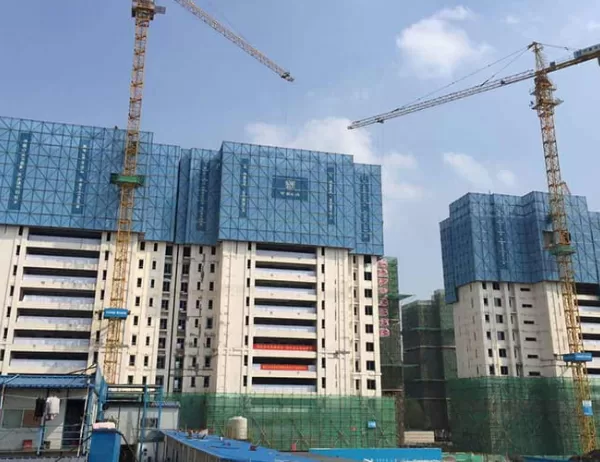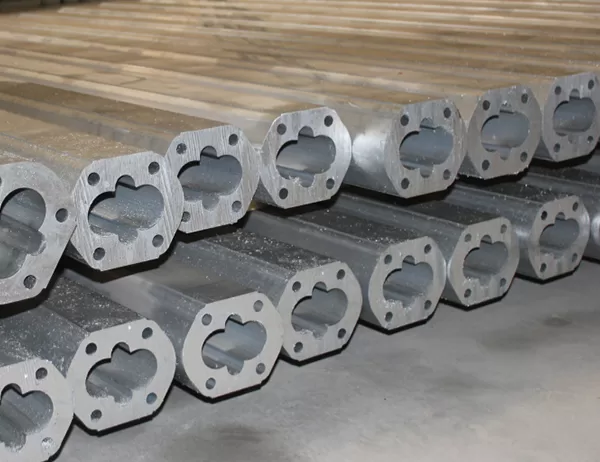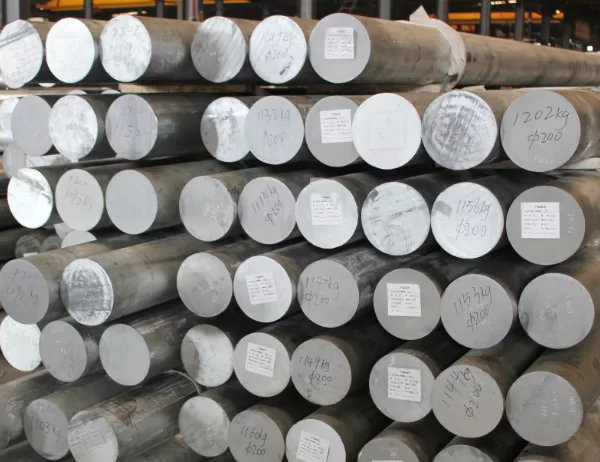Introduction
Aluminum kitchen profiles are a versatile and durable material used in various kitchen applications, including cabinetry, countertops, and appliances. Proper storage and handling of these profiles are crucial to maintain their integrity, functionality, and appearance. This article provides best practices for storing and handling aluminum kitchen profiles to ensure their optimal performance and longevity.
Storage Conditions
Temperature and Humidity Control:
Aluminum profiles should be stored in a climate-controlled environment with a temperature range of 50-90°F (10-32°C) and a humidity level below 60%. Extreme temperature fluctuations and high humidity can lead to corrosion and degradation.
Protection from Moisture:
Profiles must be protected from moisture to prevent oxidation and discoloration. Store them in a dry and well-ventilated area, away from sources of moisture such as sinks, dishwashers, and leaking pipes.
Packaging and Protection:
During storage, profiles should be securely wrapped in protective packaging materials, such as bubble wrap or corrugated cardboard. This prevents scratches, dents, and other damage that could compromise their integrity.
Handling Techniques
Safe Lifting and Transportation:
Always use proper lifting techniques to avoid injury. Wear gloves when handling profiles to prevent cuts and scratches. Use slings or straps for transportation, ensuring that the profiles are securely fastened to avoid shifting and damage.
Avoid Impacts and Collisions:
Profiles should be handled with care to prevent collisions with other objects. Avoid dropping or bumping them, as these impacts can cause dents or bends, reducing their structural integrity.
Proper Cutting and Fabrication:
When cutting or fabricating profiles, use sharp and appropriate tools to ensure clean and precise cuts. Follow manufacturer’s recommendations for cutting and fabrication to minimize damage and preserve the profile’s shape and functionality.
Maintenance and Cleaning
Regular Inspections:
Periodically inspect profiles for any signs of damage, corrosion, or discoloration. Early detection of issues allows for prompt corrective action, preventing further deterioration.
Cleaning and Maintenance:
To maintain the appearance and functionality of aluminum profiles, clean them regularly using mild soap and water. Avoid using abrasive cleaners or harsh chemicals that could damage the surface.
Touch-ups and Repairs:
If any scratches or dents occur, promptly touch up the surface using aluminum-specific repair kits. This prevents further corrosion and maintains the profile’s aesthetics.
Proper storage and handling of aluminum kitchen profiles are essential to ensure their long-lasting performance and durability. By adhering to these best practices, you can protect your profiles from damage, maintain their integrity, and extend their lifespan, ultimately enhancing the functionality and aesthetics of your kitchen.




